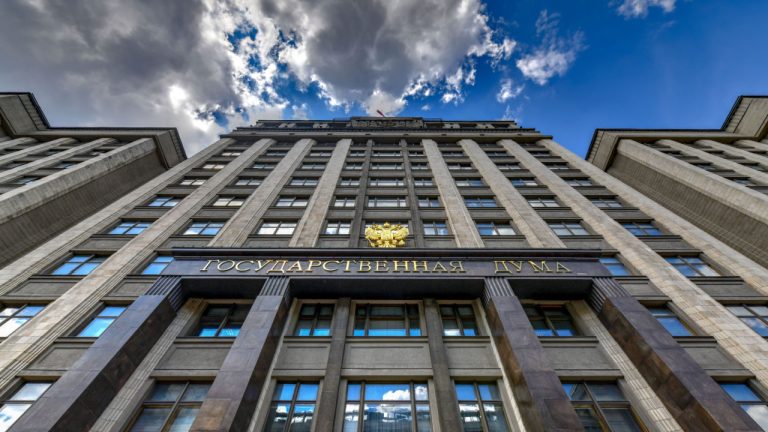
The acute cash shortage in Nigeria was due to the central bank’s decision to replace older bank notes with bigger denominations amid rising inflation.
Nearly 18 months after launching its in-house central bank digital currency (CBDC), eNaira, Nigeria witnessed its massive adoption as national fiat reverses face severe shortages.
The acute cash shortage in Nigeria was due to the central bank’s decision to replace older bank notes with bigger denominations amid rising inflation. While developing nations were among the first to acknowledge the importance of a CBDC in revamping fiat capabilities, the idea is yet to materialize.
However, in the case of Nigeria, the lack of physical cash forced citizens to opt for the eNaira. In a country where cash accounts for about 90% of transactions, the value of eNaira transactions increased 63% to $47.7 million (22 billion naira), revealed a Bloomberg report.
Moreover, according to Godwin Emefiele, governor of the Central Bank of Nigeria, the total number of CBDC wallets grew more than 12 times when compared to October 2022 — currently at 13 million wallets.
Magazine: Unstablecoins: Depegging, bank runs and other risks loom
The demonetization reduced the circulating cash supply from 3.2 trillion nairas to 1 trillion nairas. Compensating for this decline, Nigeria minted over 10 billion nairas in CBDC. In addition, eNaira payouts in government initiatives and social schemes also contribute to the increase in CBDC’s adoption.
For developing countries, CBDCs present a way to overcome challenges presented by the fiat economy, which includes reducing operating costs and strengthening anti-money laundering (AML) initiatives.
“The eNaira has emerged as the electronic payment channel of choice for financial inclusion and executing social interventions,” concluded Emefiele.
Related: eNaira is ‘crippled‘: Nigeria in talks with NY-based company for revamp
Amid the cash crunch, Nigerians have been presented with another option for procuring cryptocurrencies. MetaMask’s parent firm ConsenSys recently announced a new MoonPay integration, which allows Nigerians to purchase crypto via bank transfers.

As shown in the above screenshot, the new feature is available within the MetaMask mobile and Portfolio DApp, significantly simplifying the process of buying crypto without using credit or debit cards in Nigeria.











